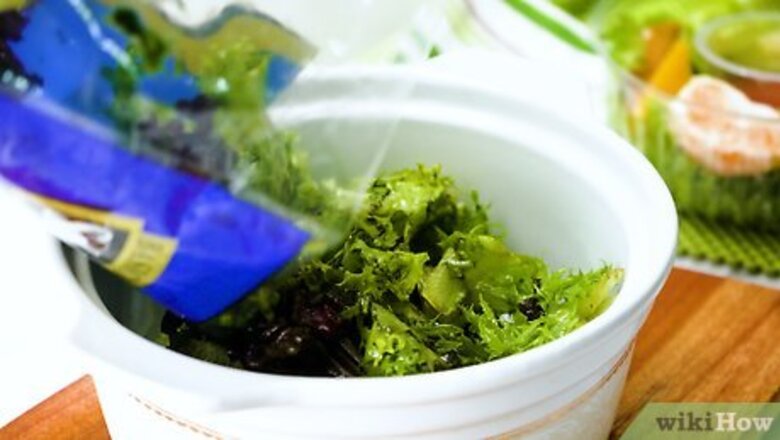
views
Minimizing the Moisture Content
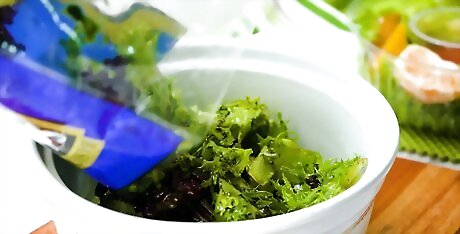
Pour the salad out and dispose of the bag. Salad bags don’t offer much protection for the salad, so remove the salad from the bag it came in. Pour all the salad into a large bowl and get rid of the bag. Re-sealing an old bag with a rubber band or clip isn’t an efficient way of storing salad, and it won’t last more than a few days like that. Even if you haven’t opened the salad bag yet, taking it out of the package it came in and rewrapping it properly will make it last longer than leaving it in the bag.
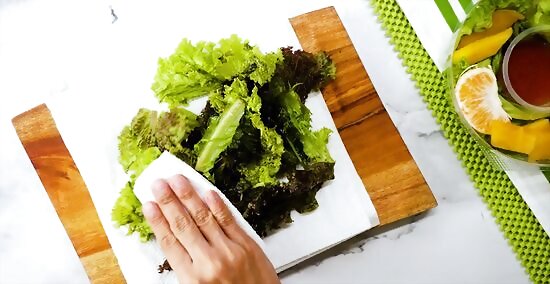
Dry the salad with a spinner or paper towels. Moisture speeds the rotting process on vegetables, so make sure the salad is completely dry before storing it. A quick way to dry it is pouring the salad into a spinner and whipping it dry. If you don’t have a spinner, then pour the salad onto paper towels and pat it dry. Do this even if you haven’t washed the salad. The plastic bags the salad comes in trap moisture inside, so the vegetables will always be a little wet.
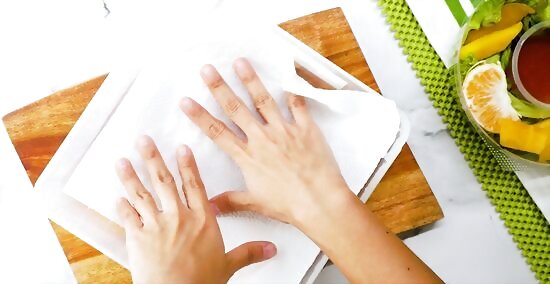
Line a sealable plastic container with paper towels. Take any plastic container that has a sealable lid. Place paper towels on the bottom and sides of the container. These soak up excess moisture and keep the salad fresh for longer. Make sure the inside of the container is completely dry before putting the salad in. You can also use a sealable plastic bag instead of a container. Line the bag with paper towels and pour the salad in. Remember that the bag won’t protect the salad from bruising, so it may not last as long as it will in a container.
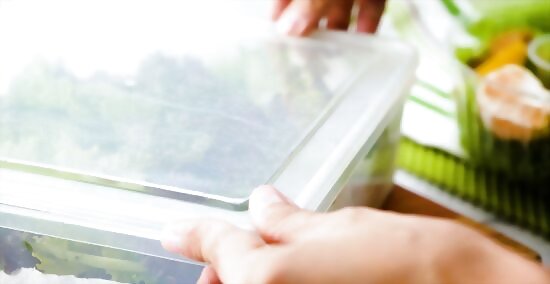
Seal the salad inside the plastic container. Pour the salad into the container and seal the top. Run your finger along the lid to make sure it’s sealed tightly. Make sure the salad isn’t squished inside the box. Pressing it down could damage the leaves. Use another container if you have a lot of salad.
Storing the Salad Properly
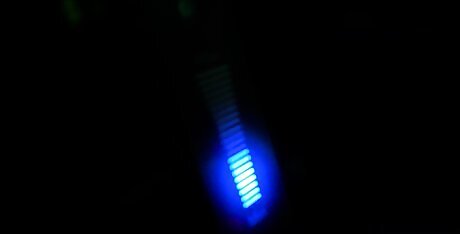
Make sure your refrigerator is set below 41 °F (5 °C). This is the official FDA guideline for food storage. Check your refrigerator to make sure it’s at the proper setting. If it’s too warm, readjust it to a lower temperature to provide the ideal conditions to keep salad fresh. Some refrigerators have a thermometer built in that you can see when you look inside. Others don’t have a thermometer, but just a selection of settings and the recommended storage settings noted.
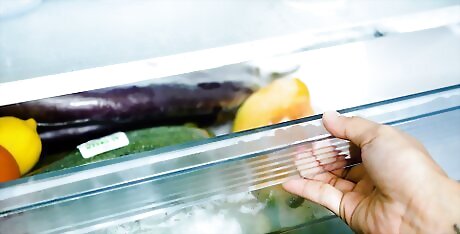
Adjust your crisper drawer to its high-humidity setting. Crisper drawers are designed to trap or release gas and moisture that cause some produce to spoil. Since leafy greens are sensitive to ethylene gas, set your crisper drawer all the way to high humidity to let gases escape. You can store unopened salad bags or the plastic container in this drawer. Store fruits and vegetables that produce ethylene gas on a low humidity setting to trap the gas. These include avocados, apples, melons, mangoes, kiwis, and pears.
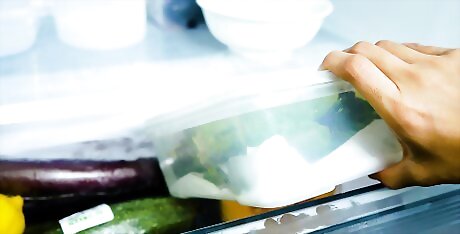
Store the salad in the refrigerator for up to 7-10 days. Stored properly, this is how long bagged salad can last after opening. Continue monitoring the salad for browning spots or wilting, indicating that it’s starting to go bad. When most of the leaves are wilting and discolored, then get rid of the salad. The exact storage time depends on if the leaves had any bruising before you stored them. Damaged leaves will decay faster. Shredded lettuce may not last as long as whole leaves because it’s been damaged during the cutting process. Salad mixes with shredded lettuce may only last about 5 days. This assumes the salad is plain and dry. Salad with dressing or bagged coleslaw won’t last longer than 3-5 days, even with proper storage.
Finding the Freshest Options
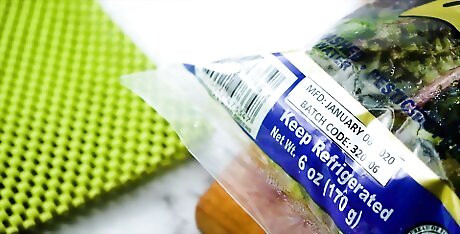
Buy a bag with the latest expiration date. When you buy bagged salad, always look for the freshest package. Check the expiration date on each bag and find the one that’s expiring the latest. Buy this bag for the longest-lasting salad. Supermarkets usually put the freshest food in the back of the row to make sure the older food sells. Reach toward the back of the row for the fresher bags.
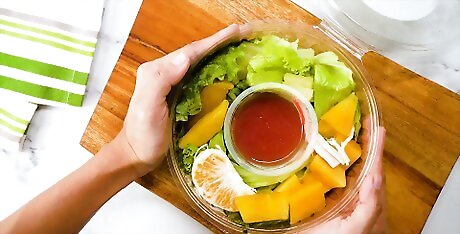
Get salad stored in a clamshell rather than a bag. Some salad comes in a plastic container, or clamshell, rather than a bag. This salad will usually last longer because bags offer no protection from bruising, and damaged leaves spoil faster. If you know you’ll be storing the salad for a few days, then salad mixes in a clamshell are a better option. You can also clean out the clamshells and reuse them to store bagged salad.
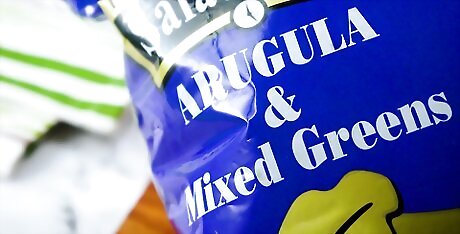
Buy more durable mixes for the longest storage time. Some salad mixtures last longer than others. Look for salad mixes with cabbage, arugula, spinach, and kale. These varieties last longer than most lettuce. Look for salad mixes with these bases for a longer-lasting mixture. Onions, carrots, and beets are also particularly durable. If you buy or make a salad mix, look for these ingredients as well.




















Comments
0 comment